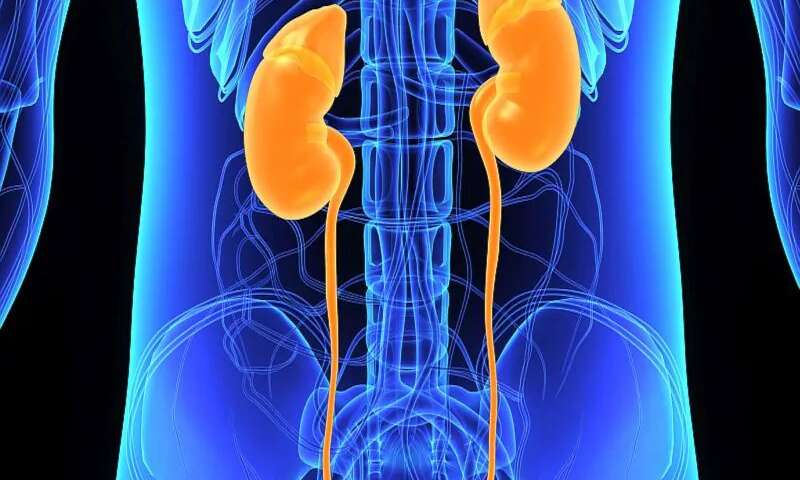It’s a supply and demand problem, it’s a transportation problem, it’s a donor problem—and that just scratches the surface. According to the Organ Procurement and Transplantation Network, every 9 minutes a new patient is added to the organ waiting list. Every day 17 people die waiting for a kidney transplant. New research in the INFORMS journal Management Science tackles the transportation part of this problem.
“Airline transportation limits the flexibility of organ transplantation, but new, more direct airline routes can increase the number of kidneys shared between regions connected by these routes by more than 7%,” said Tinglong Dai of Johns Hopkins University. “Operations research and analytics is trying to save lives and allow kidneys to be more readily available to those who need them when they need them. Too often, viable kidneys are wasted because they can’t reach a patient in time.”
The study, “Does Transportation Mean Transplantation? Impact of New Airline Routes on Sharing of Cadaveric Kidneys,” was conducted by Dai alongside Guihua Wang of the University of Texas at Dallas and Ronghuo Zheng of the University of Texas at Austin.
The research identifies how new airline routes can provide the necessary efficient airline transportation needed for the time-sensitive nature of kidney transplantation and reduce the number of viable kidneys being wasted because they didn’t reach the patient in time.
The authors analyze U.S. airline transportation and kidney transplantation datasets. They use the data to track the evolution of airline routes connecting all U.S. airports. Then they look at kidney transplants between donors and recipients connected by these airports.
“Transportation plays a major role in providing patients with available donations, if new airline routes can increase the volume of shared kidneys by 7.3%, think of how many lives could be saved,” continued Dai, a professor in the Carey Business School at Johns Hopkins. “We also find the post-transplant survival rate remains largely unchanged. It’s a step forward in organ donations thanks to O.R. and analytics.”
Ashley Smith, Institute for Operations Research and the Management Sciences


